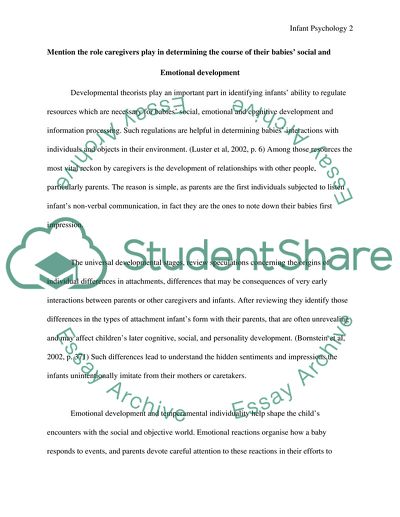Cite this document
(“Contemporary And Critical Developmental Psychology Essay”, n.d.)
Retrieved from https://studentshare.org/psychology/1538558-contemporary-and-critical-developmental-psychology
Retrieved from https://studentshare.org/psychology/1538558-contemporary-and-critical-developmental-psychology
(Contemporary And Critical Developmental Psychology Essay)
https://studentshare.org/psychology/1538558-contemporary-and-critical-developmental-psychology.
https://studentshare.org/psychology/1538558-contemporary-and-critical-developmental-psychology.
“Contemporary And Critical Developmental Psychology Essay”, n.d. https://studentshare.org/psychology/1538558-contemporary-and-critical-developmental-psychology.


